By adding a turbocharger, you can increase the power and efficiency of an engine. If you're curious about turbocharging a rotary engine, we've got you covered. Our research has provided insights on this topic to help answer questions and provide you with the necessary information.
You can turbocharge a rotary engine, but the process is so intricate that a professional should do the job. Turbocharging a rotary engine will increase the engine's power output and help it function better.
In this article, we'll provide an in-depth discussion of the process of turbocharging a rotary engine. We will also cover how a turbocharger works, some of the common weaknesses associated with rotary engines, and more.
How To Turbo A Rotary Engine?
Turbocharging a rotary engine requires careful consideration of its unique design and operating characteristics. Rotary engines are different from conventional piston engines and can be more challenging to modify.
A proper turbo kit with custom tuning is required to ensure reliability and maximum performance gains. Turbocharging a rotary engine involves several modifications to the engine and its components. To give you an idea of how the process works, here are the basic steps involved in turbocharging a rotary engine:
1.) Engine Preparation
The engine should be in good condition and should have proper compression and oil seals. The engine should also be properly balanced to ensure reliable operation with a turbocharger.
2.) Turbocharger Selection
Finding a turbocharger that's suitable for a rotary engine will depend on the engine's specifications, such as displacement, horsepower, and torque output.
Some popular options for turbocharging rotary engines include the T04 series turbochargers, the GT35/40 turbochargers, and Precision turbochargers.
You should also choose a high-quality wastegate and blow-off valve to control boost pressure. It's always recommended to consult with a professional engine builder or a tuner for a more accurate recommendation specific to your engine's needs.
3.) Intercooler Installation
An intercooler should be installed to reduce the temperature of the compressed air and increase its density. You should have a suitable intercooler that fits the engine bay and meets the engine's power requirements.
Then mount the intercooler in a location where it will receive ample airflow and be protected from damage. Next, connect the intercooler inlet and outlet pipes to the turbocharger and engine intake, respectively, using clamps and high-temperature silicone hoses.
Integrate a blow-off valve to release pressure when the throttle is lifted to prevent the turbo from stalling. After that, reroute the charge air piping from the turbocharger to the intercooler inlet and from the intercooler outlet to the engine's intake.
Finally, retune the engine's management system to compensate for the added air density provided by the intercooler.
4.) Exhaust System Modification
You can fabricate or purchase an exhaust manifold that will accommodate the turbocharger and ensure proper flow. An exhaust manifold is required to connect the turbocharger to the engine.
A custom-fabricated manifold can be made from high-temperature materials such as stainless steel. You can also buy a manifold specifically designed for a rotary engine.
You also need to fabricate or purchase a muffler and exhaust system. These are required to reduce noise levels and direct the exhaust gases away from the vehicle.
Custom-fabricated systems can be made to fit the specific requirements of the engine, or you can buy an exhaust system designed for a rotary engine.
5.) Fuel System Upgrades
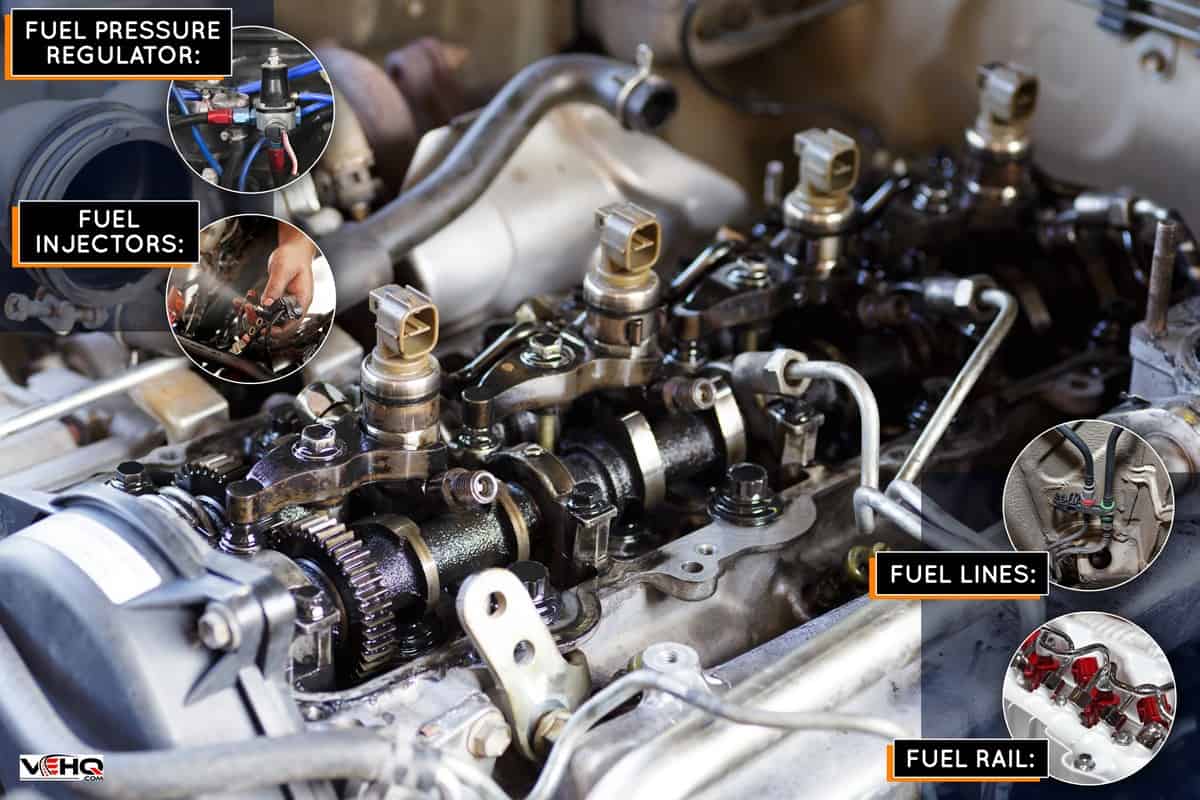
Upgrade your fuel system to provide sufficient fuel to the engine under boost conditions.
- Fuel pump upgrade: A high-volume fuel pump is necessary to meet the increased fuel demands of a turbocharged rotary engine.
- Fuel pressure regulator: An adjustable fuel pressure regulator is needed to increase the fuel pressure to compensate for the increased boost pressure.
- Fuel injectors: Larger fuel injectors with higher flow rates are required to deliver the increased fuel needed to support the additional air being brought in by the turbocharger.
- Fuel lines: The fuel lines should be upgraded to high-pressure, high-temperature lines to prevent failure under high-boost conditions.
- Fuel rail: A high-flow fuel rail may also be necessary to provide a steady and consistent supply of fuel to the injectors.
6.) Engine Management System
The engine management system should be reprogrammed to control the turbocharger, intercooler, and fuel system. This can be done through a standalone engine management system or by reprogramming the factory engine control unit.
7.) Testing And Tuning
The engine should be thoroughly tested and tuned to ensure proper operation and maximum performance.
To give you an example of turbocharging a rotary engine, check out the YouTube video below.
How Does A Turbo Work In Simple Terms?
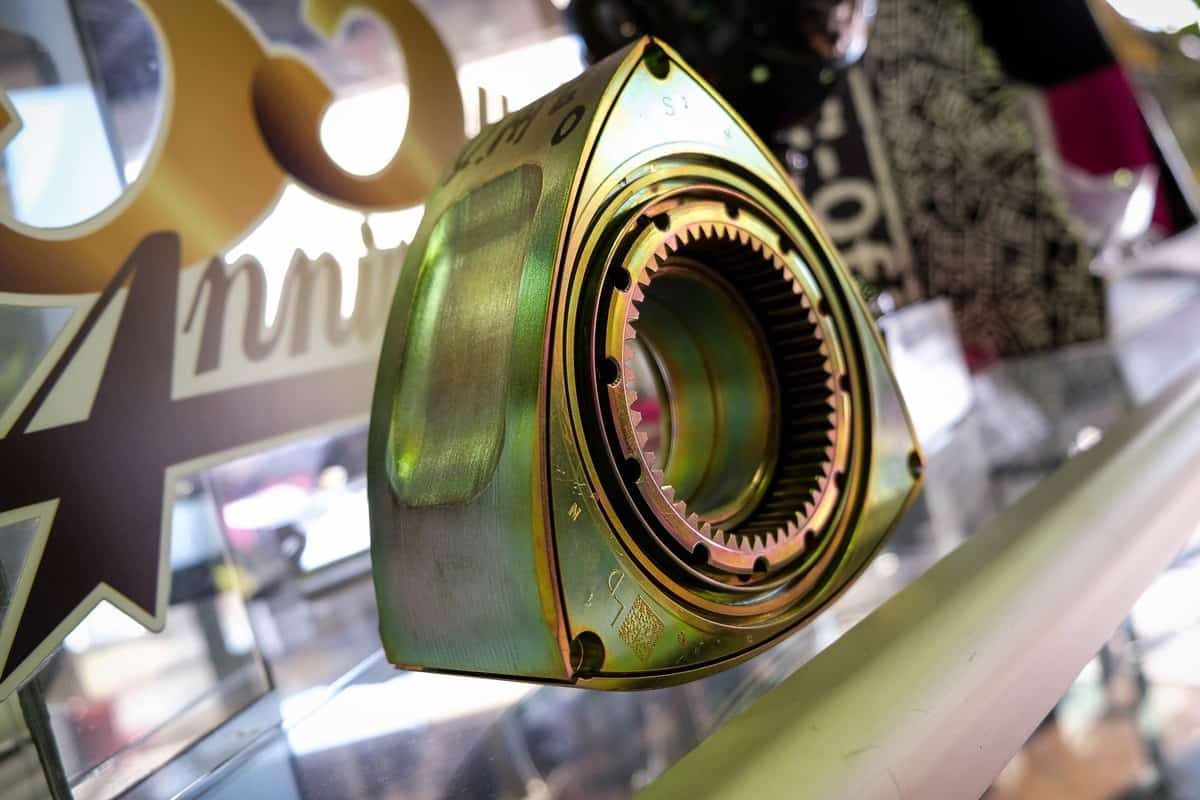
The turbine and the compressor are the two major components of a turbocharger. The turbine is made up of the turbine housing and the turbine wheel. The turbine housing directs the exhaust flow into the turbine wheel.
The turbine wheel is turned by the exhaust gas's energy, and the gas subsequently passes through an exhaust outlet region to leave the turbine housing.
The compressor housing and wheel are the other two components of the compressor. The compressor operates in a manner that contrasts with that of the turbine.
A forged steel shaft connects the compressor wheel to the turbine, and as the turbine spins the compressor wheel, the high-velocity spinning takes in air and compresses it.
The high-velocity, low-pressure air stream is subsequently changed into a low-velocity, high-pressure air stream through a process known as diffusion in the compressor housing. The engine receives a push of compressed air, which enables it to burn more fuel and generate more power.
What Are The Weaknesses Of A Rotary Engine?
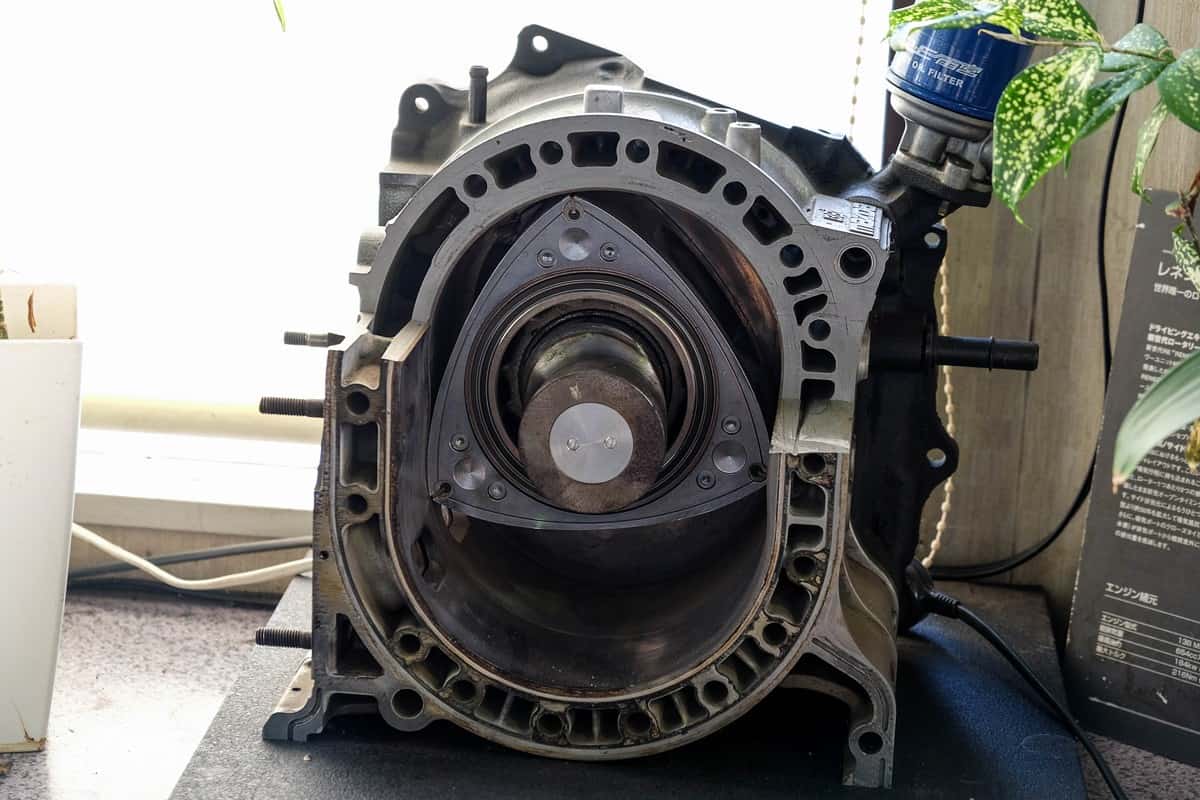
The rotary engine, also known as the Wankel engine, has several weaknesses that have limited its widespread use in the automotive industry. Three main weaknesses of the rotary engine are:
- Complexity: The rotary engine is more complex in design and construction compared to traditional piston engines, making it more difficult and expensive to maintain.
- Poor fuel efficiency: The rotary engine has a lower thermal efficiency compared to a traditional piston engine, resulting in lower fuel efficiency.
- High oil consumption: The rotary engine consumes more oil than a traditional piston engine, which can lead to increased maintenance costs and potential damage to the engine if not properly monitored.
What Is The Best Turbo For A Rotary Engine?
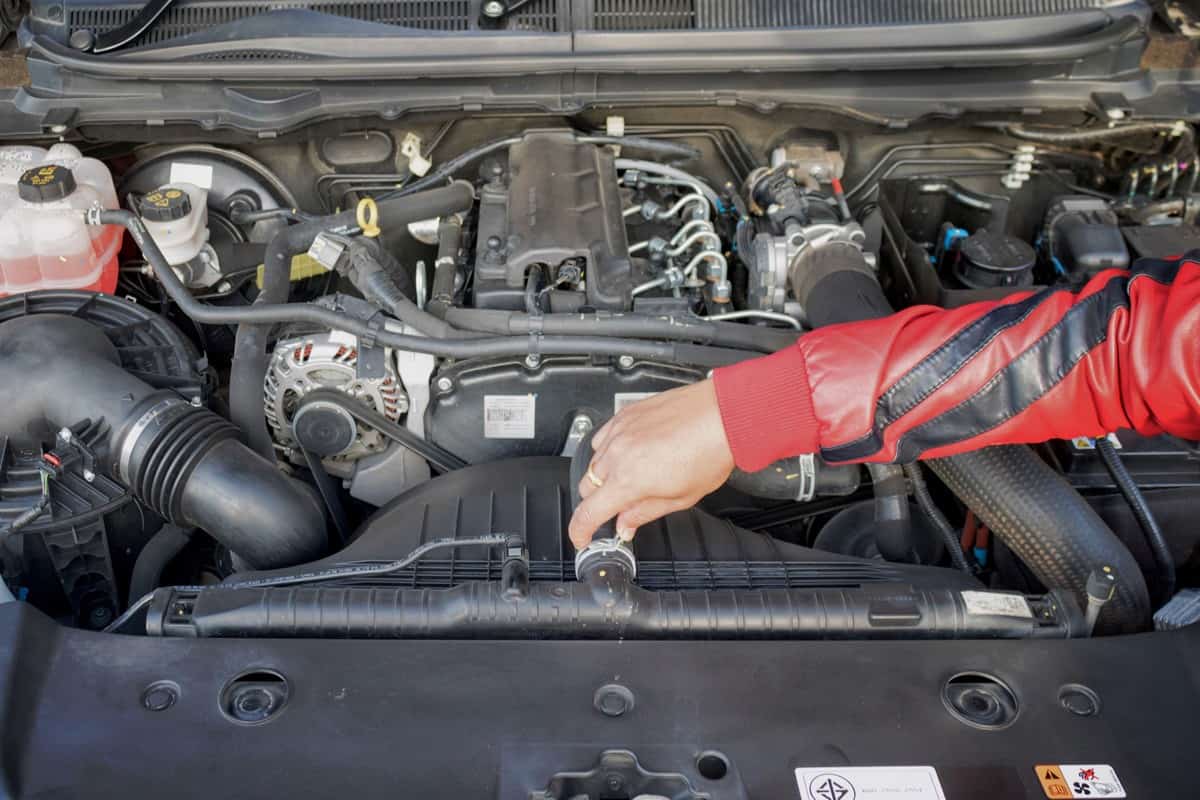
Turbo selection should be based on specific engine requirements and the intended use of the vehicle. Here's a list of some of the best turbo options for rotary engines, along with a detailed description of each:
Precision Turbo 6262
This turbo is a popular choice among rotary enthusiasts due to its compact size, quick spool-up, and ability to support high power levels.
This turbo features a high-flow compressor wheel and a low-inertia turbine wheel, which results in fast boost response and high horsepower capabilities. It's ideal for street and track use and can support power levels of up to 700 horsepower.
Click here to see this PT6262 on Amazon.
Garrett GTX3076R
This versatile turbo offers good low-end response and can support high horsepower levels. It features a low-inertia compressor wheel, dual ball bearing center housing, and a high-efficiency turbine.
The GTX3076R is popular for street and track use and can support power levels of around 400 to 750 horsepower.
Click here to see this GTX3076R turbo kit on Amazon.
Borg Warner EFR 9174
This is a high-performance turbo that features a low-inertia compressor wheel, dual ceramic ball bearings, and a high-efficiency turbine. This turbo is known for its quick spool-up and ability to support high power levels.
The EFR 9174 is ideal for high-performance street and track use and can support power levels of up to 1,000 horsepower.
Click here to see this EFR 9174 on Amazon.
Turbonetics GTK850
This is a high-performance turbo that features a high-flow turbine wheel and compressor cover. It is designed for quick spool-up and high horsepower capabilities. The GTK850 is ideal for high-performance street and track use and can support power levels of up to 850 horsepower.
Click here to see this GTK850 on Amazon.
Garrett GT3582R
This is a popular choice for those seeking high power levels. The turbo can support over 400 horsepower. It features a high-flow compressor wheel and a high-efficiency turbine. The GT3582R is ideal for high-performance street and track use and is suitable for power-hungry rotary engines.
Click here to see this GT3582R turbo kit on Amazon.
Is It Possible To Supercharge A Rotary Engine?
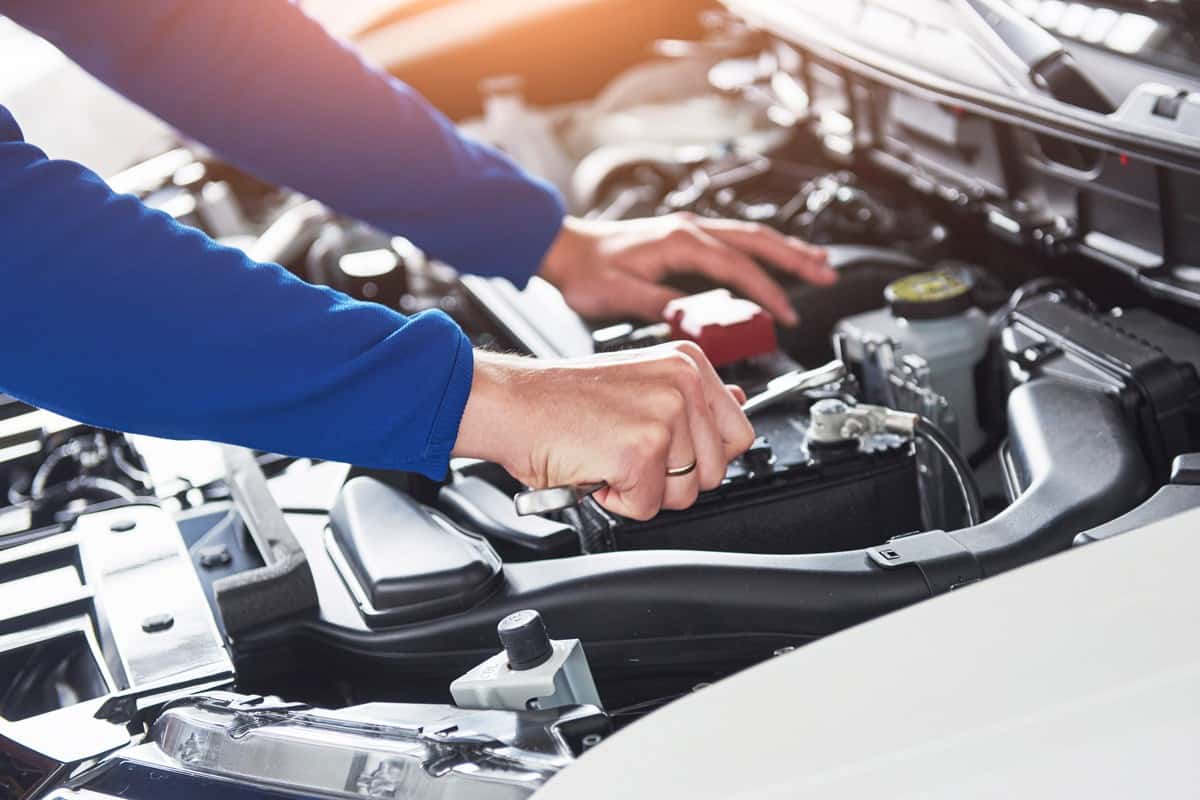
You can supercharge a rotary engine. Doing so involves the addition of a supercharger to increase the engine's power and efficiency.
A supercharger works by compressing incoming air and forcing it into the engine, which increases the amount of oxygen available for combustion, leading to more power and torque.
However, similar to turbocharging, supercharging a rotary engine requires specific modifications and considerations to ensure reliability and longevity. Rotary engines have unique sealing and cooling requirements that must be addressed when adding a supercharger.
The high RPMs generated by the supercharger can put additional stress on the engine's seals, leading to oil leaks and other issues. The compact size and high rotational speeds of rotary engines can also present challenges when adding a supercharger.
You should carefully consider the size, placement, and routing of the supercharger, as well as the intercooler, to ensure optimal performance and reliability.
Wrapping Up
Turbocharging a rotary engine is a complex and potentially risky modification that should only be performed by a qualified mechanic. You risk blowing your engine if you don't know what you're doing!
If you found this post helpful, check out these related topics:
Do Rotary Engines Have Spark Plugs?
How Many RPMs Can A Rotary Engine Turn?





